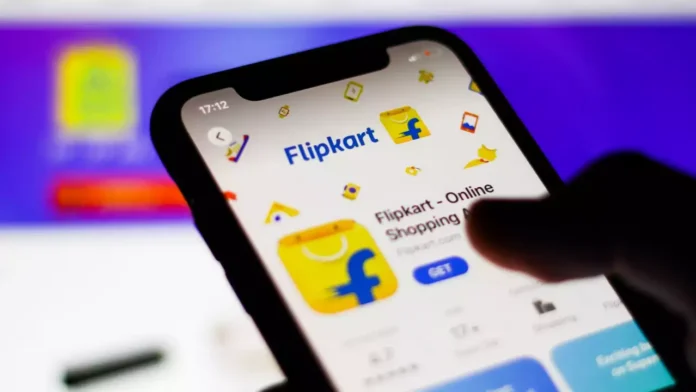Flipkart, a leading player in e-commerce, has updated its pricing structure for sellers, aiming to improve their experience on the platform and provide clearer guidelines on settlements.
The updated rate card introduces streamlined fee structures, clearer settlement terms, and enhanced shipping options, all aimed at enhancing the overall seller experience.
Starting May 18, the components will be reduced to just two—fixed and commission—down from the previous four, which included fixed, commission, collection, and shipping.
Flipkart has additionally revised its shipping policy, enabling shipments under 500 gm within local and zonal regions without extra charges, while a surcharge will apply for national shipping and categories exceeding the 500 gm weight threshold.
Continue Exploring: Flipkart taps supply chain head Hemant Badri to spearhead quick commerce expansion
The company stated that the new revision aims to streamline the entire rate card, guaranteeing transparency and making it easier for sellers to comprehend.
Rakesh Krishnan, Vice President and Head of Marketplace at Flipkart, commented, “The redesign of this rate card is a key component of Flipkart’s overarching strategy to streamline operations and provide strong support to our extensive network of sellers throughout India. These adjustments will enhance the business environment and expand market reach and consumer interaction potential. With these improved benefits, we are optimistic that this initiative will unlock fresh opportunities for sellers to flourish and revolutionize their selling experience on our platform.”
The company asserted that this modification will have a positive impact on the customer experience by improving seller operations, product availability, and overall service quality.
Flipkart outlined its commitment to facilitating clear communication, dedicated support, and ongoing engagement through webinars and Flipkart account managers. This initiative aims to address any concerns from sellers and ensure a seamless adoption of the new rate policy.
Further changes involve a decrease in Fulfillment by Flipkart (FBF) rates and the introduction of express air delivery choices.
Flipkart provides two delivery options for sellers to select from: Fulfillment by Flipkart (FBF) and Non-Fulfillment by Flipkart (NFBF).
Under the FBF option, Flipkart manages all your shipping requirements in one place, covering storage, packing, shipping, and delivery. With NFBF, the seller is responsible for packaging and shipping.
Flipkart applies varying fixed fee charges based on the price range of commodities.
Continue Exploring: Flipkart expands VIP subscription to eight new cities, intensifying competition with Amazon Prime
Fee charges vary depending on the price ranges of products. For example, within the INR 300 range, FBF and NFBF fees are INR 14 and INR 16, respectively. As prices rise, the fees increase accordingly, with INR 50 for FBF and INR 55 for NFBF charged for products priced above INR 1000. Detailed fee structures are accessible on Flipkart’s website, providing clarity for sellers.
Last year, the company announced that the number of sellers on its platform surpassed 1.4 million, marking a 27% growth since 2022.
In April, the ecommerce giant owned by Walmart extended its VIP subscription program to eight additional cities, aiming to enhance its customer base. This expansion follows the program’s launch in October last year.
In March, reports indicated that Flipkart was gearing up to enter the quick commerce sector by introducing 10-15 minute delivery services in at least a dozen cities within the next six to eight weeks.
Flipkart had also been considering acquiring a controlling stake in the quick commerce unicorn Zepto. Nevertheless, the negotiations did not materialize.
Continue Exploring: Flipkart’s bid for majority stake in Zepto hits snag; quick-commerce startup shifts focus to financial investors
These developments come at a time when there is a growing demand for ecommerce services.
According to the State Of Indian Ecommerce Report Q1 2024, the Indian ecommerce sector is projected to exceed $400 billion by 2030, with an estimated Compound Annual Growth Rate (CAGR) of 19% from 2022 onward. By 2030, it is expected that India will have over 500 million online shoppers.



